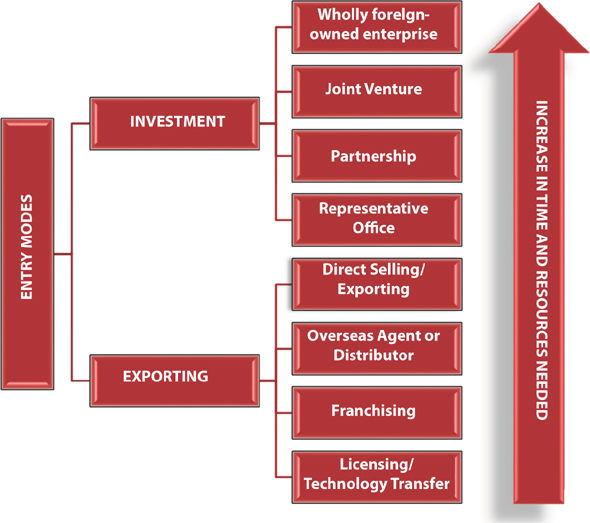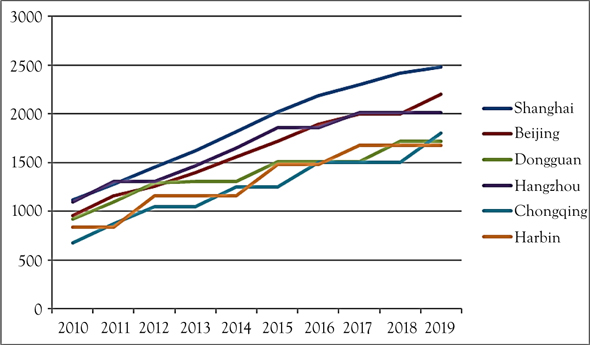Since China’s entry into the WTO back in 2001, the Chinese government has continued to fulfill its WTO engagements by gradually opening up various sectors to foreign investors. Along these lines, the government’s stated goal is to further improve the foreign investment structure especially by encouraging foreign investment in the high-end manufacturing industry as well as the strategic and modern service industries with subsidies, administrative convenience, as well as tax and tariff incentives. Despite the current tumultuous global financial environment, recent data published by MOFCOM, the Chinese Ministry of Commerce, shows that China is continuing to attract impressive amounts of FDI. Foreign investment into China comes in several foreign-invested entity forms. Choosing the appropriate structure depends on a number of factors, including business scope, industry sector, and investment size.
Despite certain challenges, China is a great place for many companies. Foreign companies have the possibility to manufacture in China, to sell into China, or to source their goods from China. Exporting your products is one way to enter the Chinese market and it is the least risky one, in terms of both operational cost and invested capital. While each mode of entry presents its strengths and weaknesses, the great majority of companies usually prefer to develop a gradual approach based on their available resources and time. When deciding which method of entry is the most suitable for your business it is necessary to consider the size of your company, the time and resources available, the nature of the products or services you want to sell, the business conditions and regulations applying to the particular industry your products belong to, and whether there is need for on-the-ground representation (e.g., marketing and after-sales service).
The export of products to China involves engagement of a company which has an import–export license in accordance with Chinese laws. Therefore, such a company must be registered in China, in which case the term “importer” in Chinese trade terminology refers to China-based companies possessing an import–export license. Although exporting generally requires considerable time investment, it is a good option for companies that want to avoid the costs of setting up in China but are still attracted by the profit potential of the Chinese market. From a practical perspective, direct export is suitable for services or technology or for unique products of smaller quantities where an established distribution network is not necessary. Another major advantage is the cutting out of middlemen such as agents and other intermediaries.
The downside is that such companies will have to be responsible for conducting their own market research as well as carrying out all the required administrative procedures such as ensuring that their products, services, or technology can enter the Chinese market and that relevant standards and licensing and labeling requirements are met. Additionally, companies will have to handle relations with financial institutions, freight forwarders, and customs procedures if those are not handled by a Chinese importer. It might be very time consuming at the early stages but in the long run the result will be that companies will develop a much deeper understanding of the Chinese market, their customers, and the processes of trading in China. To find out more about exporting strategies to China available to Western businesses, you may refer to the book Trading with China: Exporting Goods, Services and Technology to the Chinese Market.


